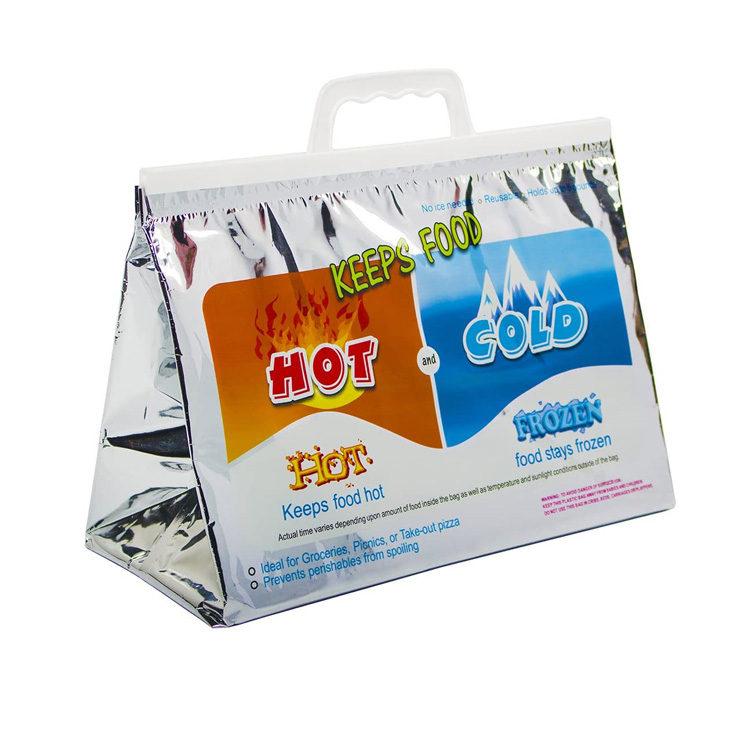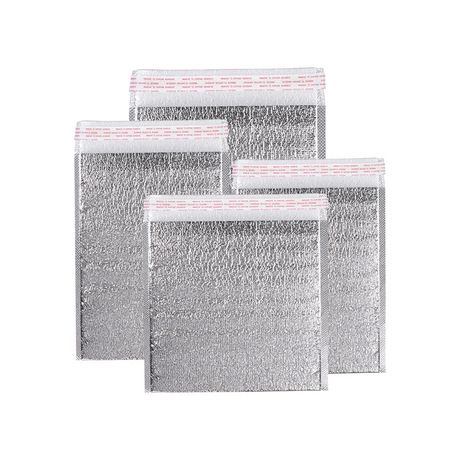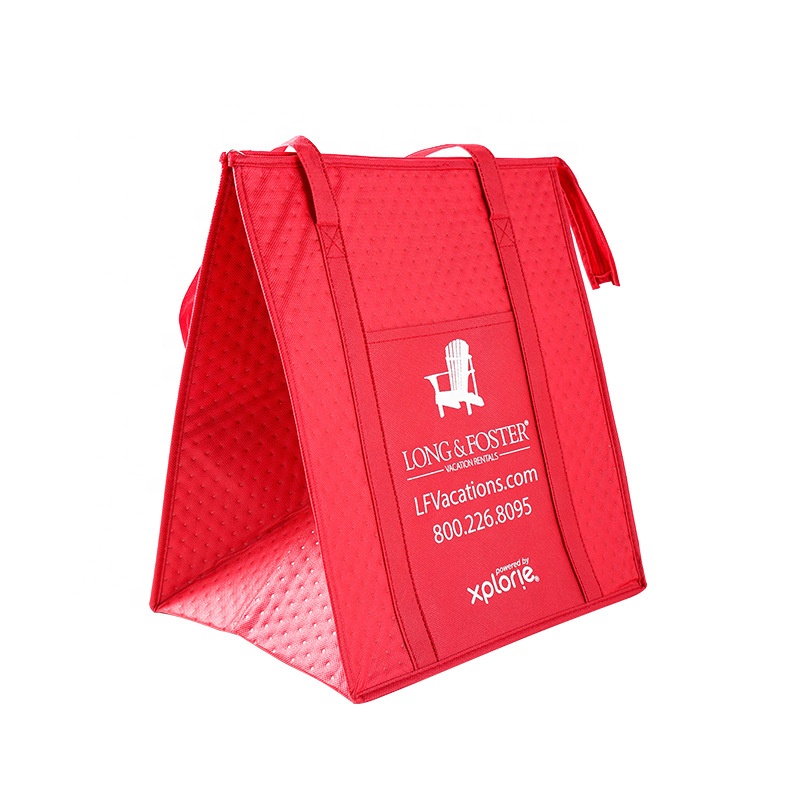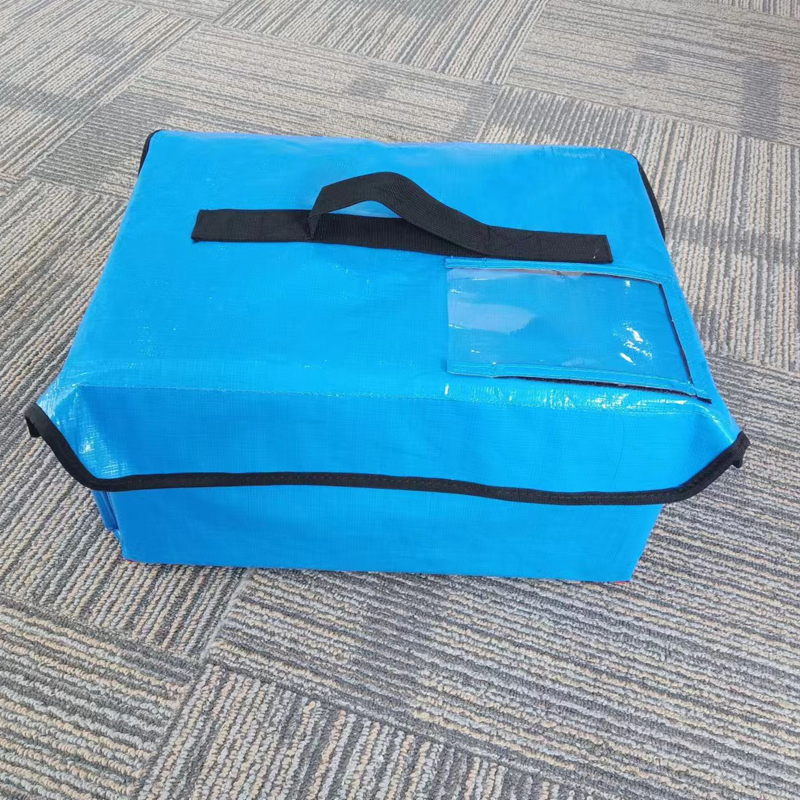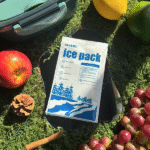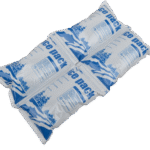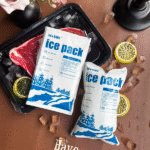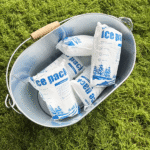Does an Ice Pack Help Dry Socket, or Could It Make Things Worse?
Dry socket pain is sharp, throbbing, and notoriously stubborn. A brief ice‑pack session can numb the area during the first 24 hours, but beyond that window cold may slow healing. This guide explains how to use ice safely, when to switch to warm salt‑water compresses, and dentist‑backed tactics to speed recovery.
-
The science behind ice packs and dry‑socket pain relief
-
Cold vs. warm therapy timing for post‑extraction care
-
Practical steps to apply an ice pack without harming tissue
-
Lifestyle tweaks that cut swelling and promote clot regrowth
-
2025 innovations in oral‑surgery recovery aids
Should You Apply Ice to a Dry Socket?
Yes—but only in the very early phase. Cold constricts blood vessels, reducing swelling and numbing exposed nerves. Applied for 10 minutes on / 10 minutes off in the first day, it can lower pain by up to 25 %, according to a 2024 clinical review. After 24–48 hours, warmth boosts blood flow and aids tissue repair, so prolonged icing becomes counter‑productive.
Cold vs Warm Compress Timeline
| Post‑Extraction Time | Cold Compress (Ice Pack) | Warm Compress | Why It Matters |
|---|---|---|---|
| 0–24 h | ✅ Numbs pain, limits swelling | ❌ Can increase bleeding | Protect clot formation |
| 24–48 h | ⚠️ Brief icing if throbbing | ⚠️ Gentle warmth optional | Transition phase |
| 48 h + | ❌ May delay healing | ✅ Boosts circulation | Encourages new tissue |
Quick Tip
-
Temperature sweet spot: Keep gel packs at 5–10 °C (41–50 °F)—colder packs risk frostbite on delicate oral skin.
Step‑by‑Step: Safe Ice‑Pack Use for Dry Socket Pain
-
Clean the area: Rinse gently with lukewarm saline (½ tsp salt in 250 ml water).
-
Wrap the pack: Use a thin cloth layer; never press rigid ice directly on skin.
-
Apply externally: Hold against the cheek near the extraction site for 10 min.
-
Rest for 10 min, then repeat up to three cycles within the first 24 h.
-
Switch to warm compress after day two to stimulate healing blood flow.
Actual Patient Story: A college runner iced her cheek for 10‑minute intervals on surgery day, cutting painkiller use by one‑third, then switched to warm salt‑water swishes from day three, halving her dry‑socket duration versus her previous extraction.
When Ice Isn’t Enough: Additional Relief Strategies
Over‑the‑Counter Supports
-
NSAIDs (e.g., ibuprofen 400 mg) every 6 h reduce inflammation.
-
Clove‑oil gel delivers eugenol, a mild anesthetic shown to drop pain scores 30 %.
Dentist‑Administered Aids
-
Alveolar dressings (iodoform‑gauze with analgesic paste) protect nerve endings.
-
Low‑level laser therapy (LLLT) improves micro‑circulation and speeds clot re‑epithelialization by 20 %.
Lifestyle Tweaks to Speed Dry‑Socket Recovery
-
Hydrate: Aim for 2 L water daily; dehydration thickens blood and slows clotting.
-
Skip straws & smoking: Both create suction that can dislodge clots.
-
Soft‑food plan: Yogurt, scrambled eggs, and lukewarm soup for 72 h.
-
Sleep elevated: Two pillows reduce night‑time throbbing by improving venous return.
2025 Trends: Smarter Oral‑Surgery Cooling Gear
New phase‑change cheek pads maintain a steady 7 °C for 15 minutes without refreezing, delivering dentist‑approved icing intervals automatically. AI‑enabled mouth guards now monitor socket pH and alert your phone if inflammation spikes, prompting timely compress application.
Market analysts forecast a 14 % CAGR for smart oral post‑op devices through 2028 as tele‑dentistry follow‑ups become standard.
FAQ
Q: Can I place the ice pack inside my mouth?
No. External application is safer; internal ice can damage gum tissue and loosen the fragile clot.
Q: How many times a day can I ice?
Up to three icing sessions in the first 24 h. After that, switch to warm therapy unless your dentist instructs otherwise.
Q: Does icing cure dry socket?
It only eases pain. True healing comes from clot regeneration, proper hygiene, and sometimes dentist‑placed dressings.
Summary & Takeaways
Ice packs help dry‑socket pain briefly by numbing nerves and shrinking swelling during the first 24 hours. After that, warmth and professional care accelerate healing. Use 10‑minute cold cycles, avoid internal ice, and transition to warm salt compresses to restore comfort and tissue health.
Action Checklist
-
Cool a pliable gel pack to ~8 °C and wrap in cloth.
-
Ice 10 min on/10 min off within day one only.
-
Adopt warm compress & saline rinses from day two onward.
-
Call your dentist if throbbing worsens or foul odor appears.
About Tempk
Tempk engineers medical‑grade gel packs and smart thermal pads that deliver calibrated cold or warm therapy for dental, sports, and surgical recovery. Our ISO‑13485 facility verifies consistent temperature curves to safeguard patient comfort and healing.
Need tailored recovery gear? Contact Tempk for expert advice and bulk healthcare pricing.










